Spdt 12v 10amp 5 Pin Relay In Pakistan
₨40
SPDT 12V 10AMP 5 PIN RELAY IN PAKISTAN

- Model :JQC-3F(T73)
- COIL VOLTAGE =12V
- CURRENT CAPACITY =10AMP
- COIL CURRENT 30mA
- TERMINALS
- COM
- NC
- NO
///////////////////////////////////////////
A relay is an anelectrically operated switch. Current flowing through the coil of the relay creates a magnetic field which attracts a lever and changes the switch contacts. The coil current can be on or off so relays have two switch positions and they aredouble throw(changeover) switches.
The relays switch connections are usually labeled COM(POLE), NC and NO:
COM/POLE= Common, NC and NO always connect to this, it is the moving part of the switch.
NC= Normally Closed, COM/POLE is connected to this when the relay coil is not magnetized.
NO= Normally Open, COM/POLE is connected to this when the relay coil is MAGNETIZED and vice versa.
A relay shown in the picture is an electromagnetic or mechanical relay.
Fig. Relay and its symbol
There are 5 Pins in a relay. Two pins A and B are two ends of a coil that are kept inside the relay. The coil is wound on a small rod that gets magnetized whenever current passes through it.
COM/POLE is always connected to NC(Normally connected) pin. As current is passed through the coil A, B, the pole gets connected to NO(Normally Open) pin of the relay.
Here is an example,
First of all try the following circuit.
This is a dark sensor circuit.
Fig. Dark sensor using two transistors
Components for this experiment are available at buildcircuit.net.
Output of this circuit: When you block light falling on LDR, the circuit switches on the LED- D1.
Now, replace LED-D1 and R2- 330R with a relay and diode.
Reconfigure the circuit as shown in the figure below:
Note: In R3, you can keep any resistor from 330R to 4.7K, this resistor is for sensitivity of the dark sensor.
The following circuit also works as a dark sensor. When you block light falling on LDR, the relay gets activated and Pole of relay gets connected to NO pin that eventually gives power to LED- D1.
Fig. Dark sensor using two transistors and a relay.
Light sensor using relay and transistors
In this case, the configuration of relay has been changed. Here, NO (Normally open) terminal has been left open. In normal case, the D1-LED remains ON. When light falling on LDR is interrupted, pole of relay gets connected to NO terminal. Hence, NC (Normally connected) terminal does not get power and that switches the D1- LED off.
Fig. Light sensor using two transistors and a relay.
Connect to COM(pole) and NO if you want the switched circuit to be on when the relay coil is on.
Connect to COM(pole) and NC if you want the switched circuit to be on when the relay coil is off.
Related
| Weight | 0.008 kg |
|---|
Only logged in customers who have purchased this product may leave a review.
Related products
Components
Components
Arduino Development Boards
12v 4 Channel Ir Infrared Remote Control Switch Relay Module Board Kit
Components
Components
Components
Components

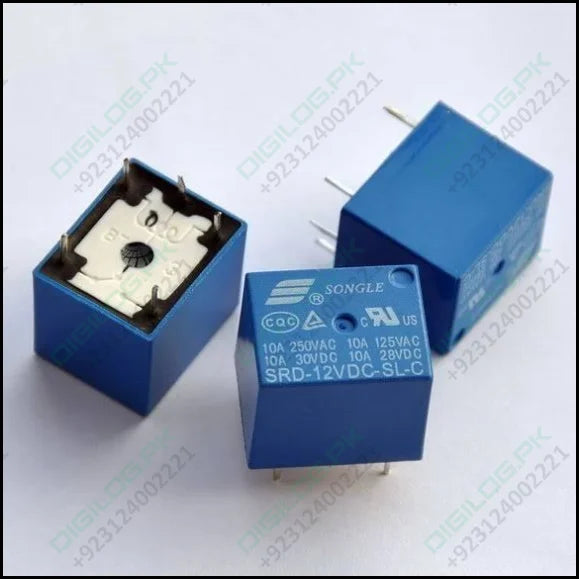
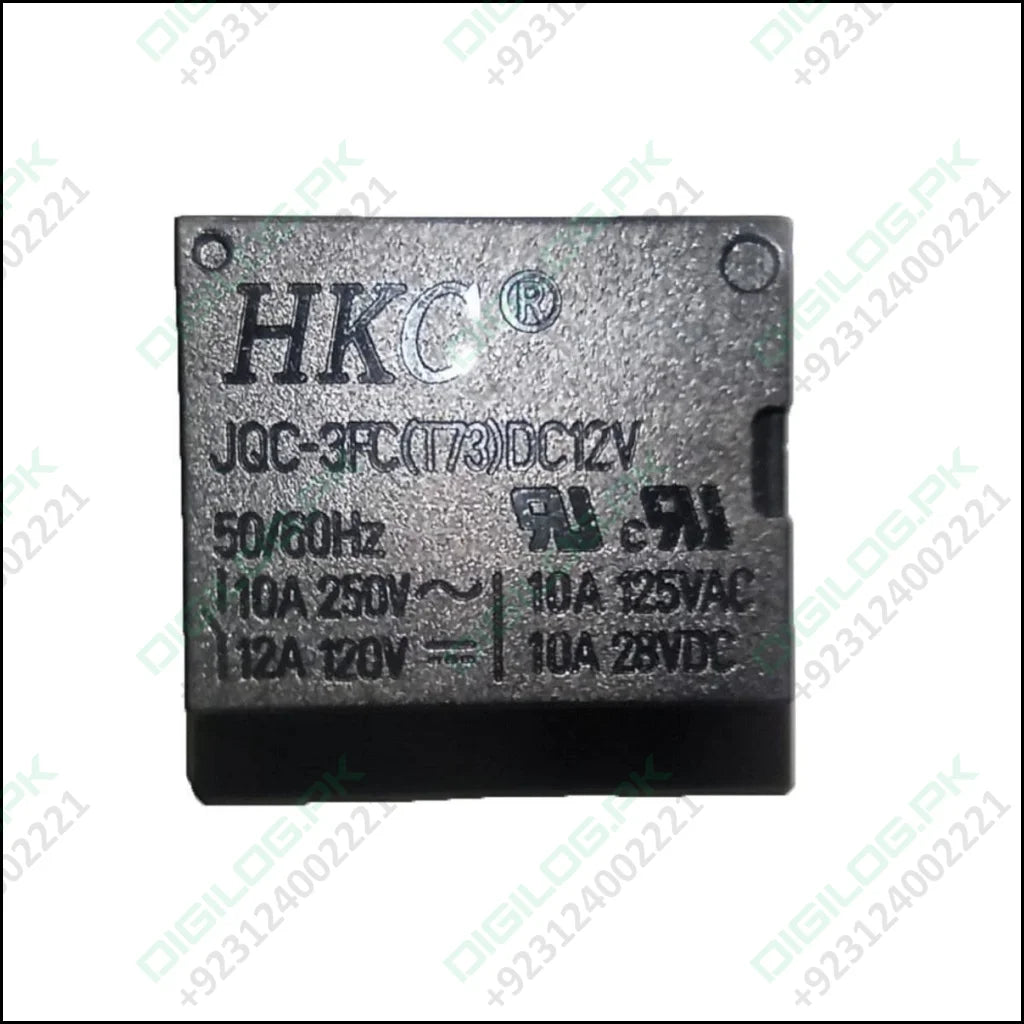
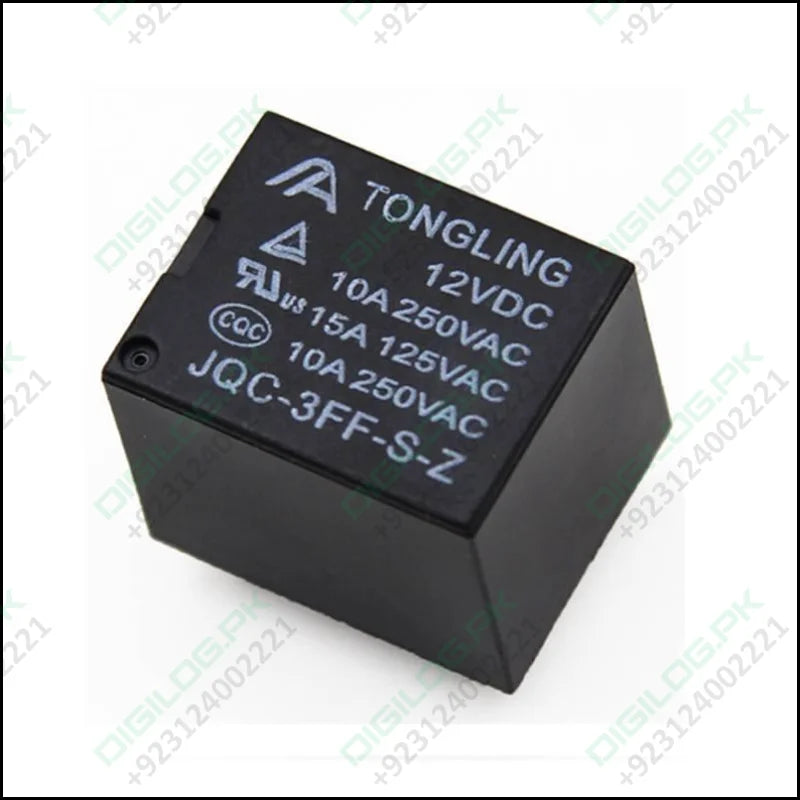

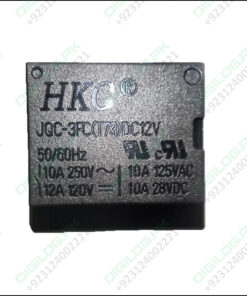

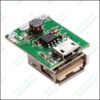

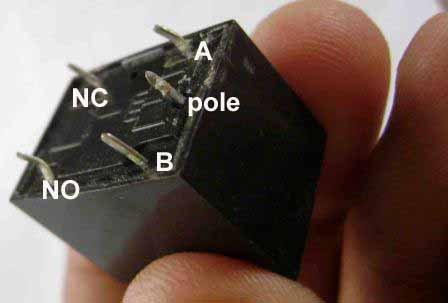



















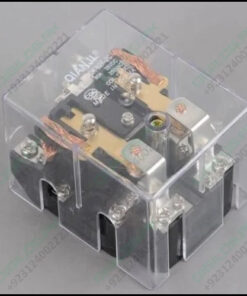

Reviews
There are no reviews yet.